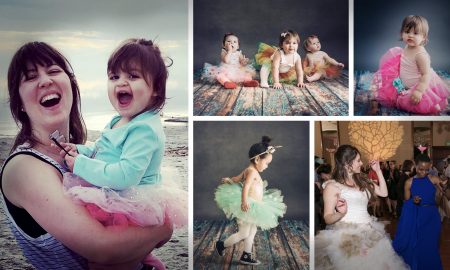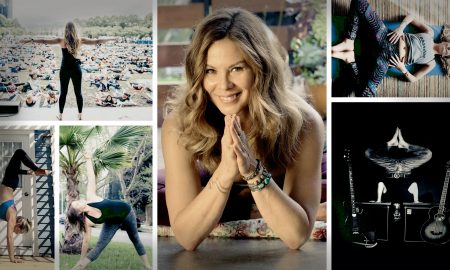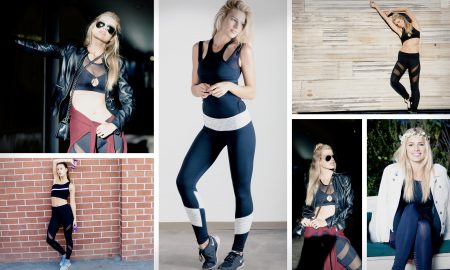

Today we’d like to introduce you to Bochun Cheng.
Hi Bochun, we’re thrilled to have a chance to learn your story today. So, before we get into specifics, maybe you can briefly walk us through how you got to where you are today?
After graduating from the industrial design department, I realized my pursuit of visual aesthetics in photography, I decided to gain experience by working as an assistant in a commercial photography studio.
It used to be said that one should work as an assistant for a long time before becoming a master. Many photographers spent 3-4 years transitioning from assistant to photographer. However, with daily high-intensity work of at least 12 hours, practicing lighting techniques even after work, taking only one day off a month, I managed to start taking on my own projects within half a year.
I was taking on projects while also working as a part-time assistant. One memorable experience was a shoot where the client hired both a Taiwanese photographer and an Italian photographer to photograph the same model. I saw the precise lighting techniques of the Taiwanese photographer, but the final results weren’t as good as the Italian photographer’s. I asked myself, Why? After that incident, I deeply realized the importance of developing a personal style and aesthetic. So, I decided to come to the United States to refine my personal style and artistic philosophy.
Some people ask, in this age of abundant information available online, is it necessary to study abroad? There’s a saying:
You know what you know,
You know what you don’t know,
You don’t know what you know,
You don’t know what you don’t know.
So, I embarked on my journey to the United States.
In the new environment, besides attending school, I proactively collaborated with friends on TFP (Trade for Print) projects. On one hand, it was to let people know about my presence, and on the other hand, while trying to find my personal style, if the photos I took were different from the client’s expectations, it wouldn’t affect my reputation.
In the United States, I also worked for various photographers, learning and observing the different self-styles of local photographers.
Finally, I chose to intern with a photographer for three months, working on retouching and assisting every day of the week. During that time, I also interned at a retouching company.
At that time, my life was basically sleep and work, being away from home in the morning, noon, and evening. The only leisure was going to a local sports bar, playing pool with strangers, and exchanging life experiences.
After graduating, using the network I had built, I started collaborating with friends on magazine shoots. I also became a resident photographer at certain nightclubs. I’m not an extroverted person, but I knew that nightlife venues were a quick way to expand my network.
In this process of exploring my style along the way, and with the help of friends around me, I successfully obtained a residency visa in the United States. Additionally, after being operating as an independent freelancer for years, I finally established my own company and recruited colleagues who were willing to work together to pursue our shared dreams.
Alright, so let’s dig a little deeper into the story – has it been an easy path overall and if not, what were the challenges you’ve had to overcome?
I believe that most people on the entrepreneurial journey will encounter setbacks, but these are also the nutrients for my growth. Photography is a complex field that combines technical skills with an artistic perspective, requiring depth, sensitivity, and philosophical exploration.
During my years of studying and experimenting with creative work, I often faced professors’ doubts about whether my work aligned with contemporary art. In fashion photography, my work is sometimes perceived as not being mainstream enough. Consequently, I often found myself not fully recognized by either side.
Like many others, while searching for and honing my own style, I also imitated various artists I admired, such as Irving Penn, Tim Walker, and Gregory Crewdson.
In the context of contemporary art and conceptual creation, I started to emphasize the concepts behind the images. In every creative shoot, each frame is carefully designed after deep consideration. Every element appearing in my images must have its reason, and I often spend weeks thinking about a single frame. In the process, I constantly question whether I might be heading in the wrong direction.
Before my style was accepted and recognized by others, I, like many artists, had to worry about making a living. I controlled daily expenses to around $5-8, relied mostly on biking for commuting, calculated whether to buy a weekly subway pass based on how many rides I’d take, took on various side gigs, used Airbnb to lower my rent, helped others queue for buying trendy brands, and so on. Faced with verbal promises from most people who wanted to take advantage of me, knowing that 99% were just using me, I still had to bet on that 1% to seize the opportunities. Every day was filled with work, creation, and internships. Even on holidays and New Year’s Eve, I was shooting parties to earn money. This kind of life lasted for five years before gradually improving.
Eventually, my work started to be recognized by more people, and various collaboration invitations began to pour in. My pieces were being bought for collections, and they were even chosen as covers by companies like ViewSonic. Finally, I no longer had to endure days of eating a steamed bun with peanut butter for lunch.
Can you tell our readers more about what you do and what you think sets you apart from others?
My work is acclaimed for its enchanting and sophisticated style. I’ve had the privilege to collaborate across various domains, including commercial, media, and fashion, with renowned brands such as SHEIN, MSI, and Naersiling, among others. Furthermore, my work has been featured in prominent publications like Vogue, Harper’s Bazaar, Elle, Marie Claire, underscoring the diverse impact of my work.
Drawing inspiration from my early years in Taiwan and my educational journey at Pratt Institute in New York, I recognize the significant impact of both my undergraduate degree in design and master’s degree in photography on shaping my professional path and creative pursuits. This solid educational foundation not only enhances my ability to effectively communicate with clients but also enables me to grasp their unique requirements while preserving the artistic essence of my work. Every photograph I capture echoes the valuable lessons and profound insights gained during my time at Pratt Institute.
In my own creative works, I often use a surrealist style to reflect events in my surroundings and the issues I care about. Besides being a photographer, I also consider myself an art director. In the realm of commerce, my technical expertise honed in commercial photography studios has made me highly skilled in lighting techniques, allowing me to accurately achieve the desired lighting for client shoots. Regarding retouching, my experience at a New York retouching company has also provided me with opportunities for sustaining my income through retouching projects.
What I am most proud of is that I am a photographer with a strong background in commercial skills, yet possessing a Fine Art mindset. I can create very commercial work, but at the same time, I can also engage in contemporary art-oriented creations.
What are your plans for the future?
First of all, I want to express my heartfelt gratitude to everyone who appreciates my work, provides me with encouragement, support, and helps me reach where I am today. Without your support, I wouldn’t have made it this far. I will continue refining my style, allowing more people to see the world I care about through my creations.
I also aim to further expand the company I established this year, seeking like-minded partners to collaborate and create together. I want to transform my personal photography studio into a versatile production house or artist agency that gathers various talents.
Lastly, of course, I must always remain vigilant. The trends in non-mainstream fashion are ever-changing. While honing my own style, I need to ensure that it doesn’t merely mimic and cater to the trends but also stays true to itself. However, it’s equally important to keep up with the evolving visual trends.
Contact Info:
- Website: https://bochuncheng.com/
- Instagram: https://www.instagram.com/bochun.c/
- Facebook: https://www.facebook.com/brian.cheng.3323
- Linkedin: www.linkedin.com/in/bo-chun-cheng
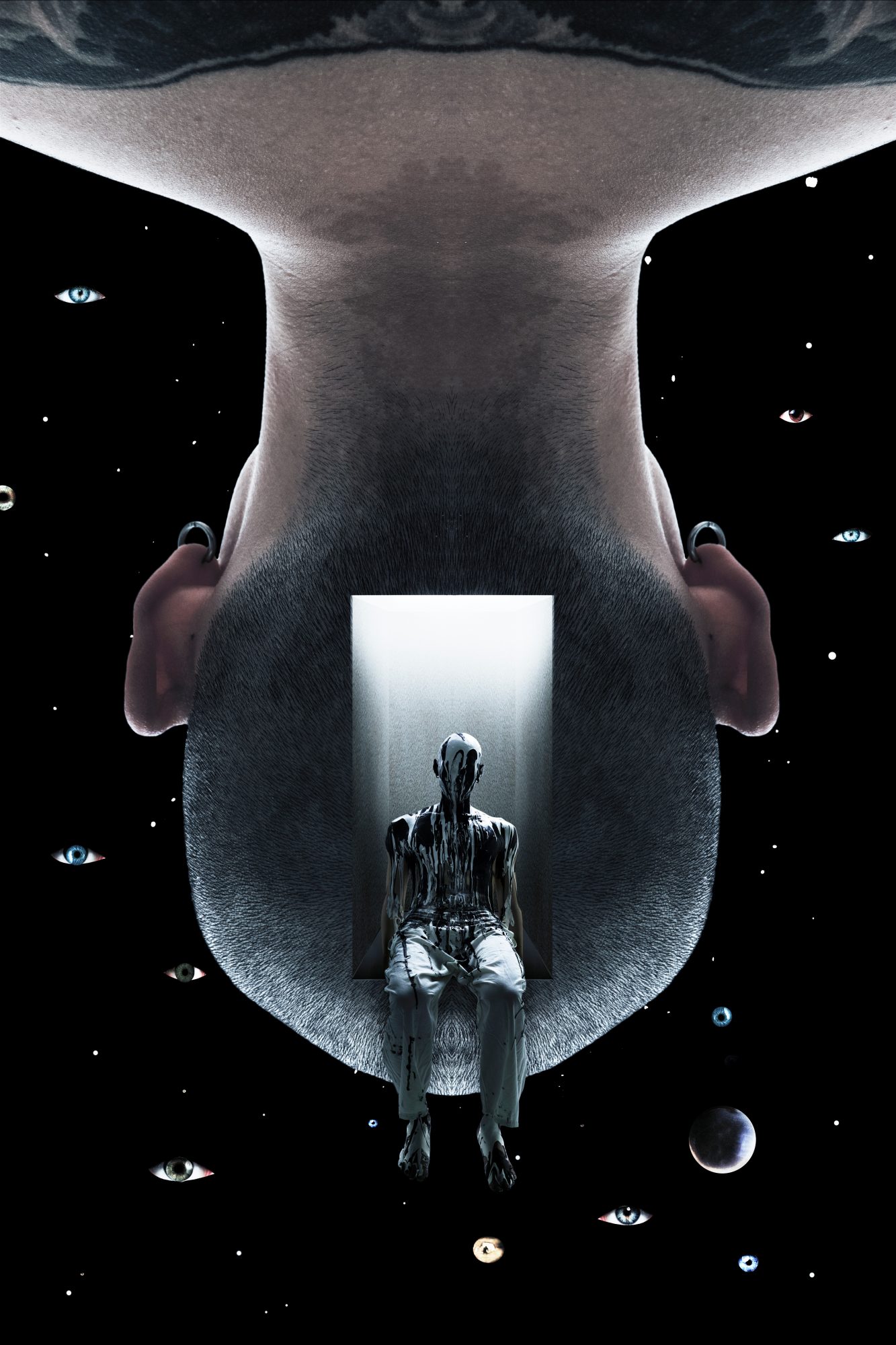
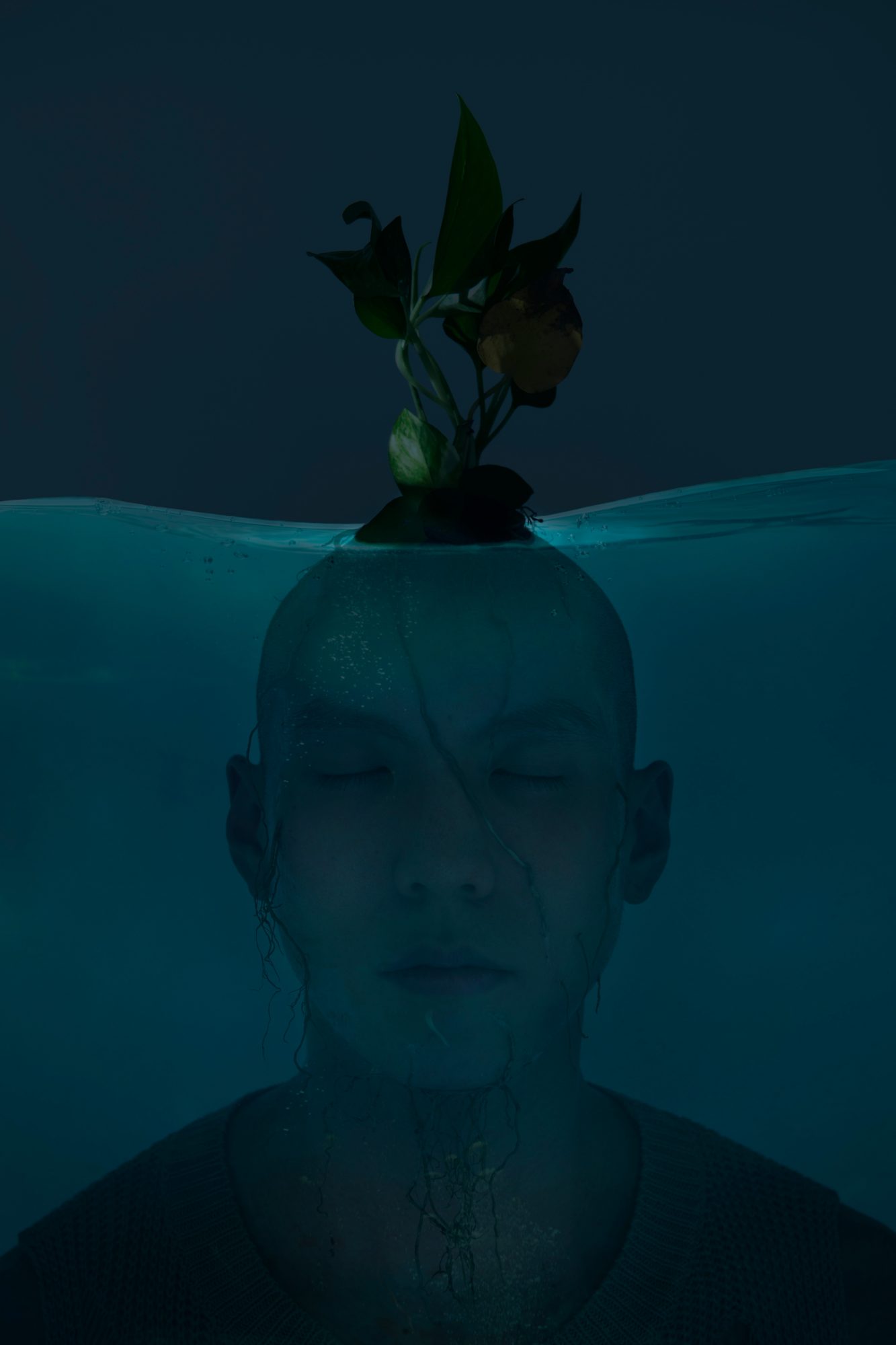
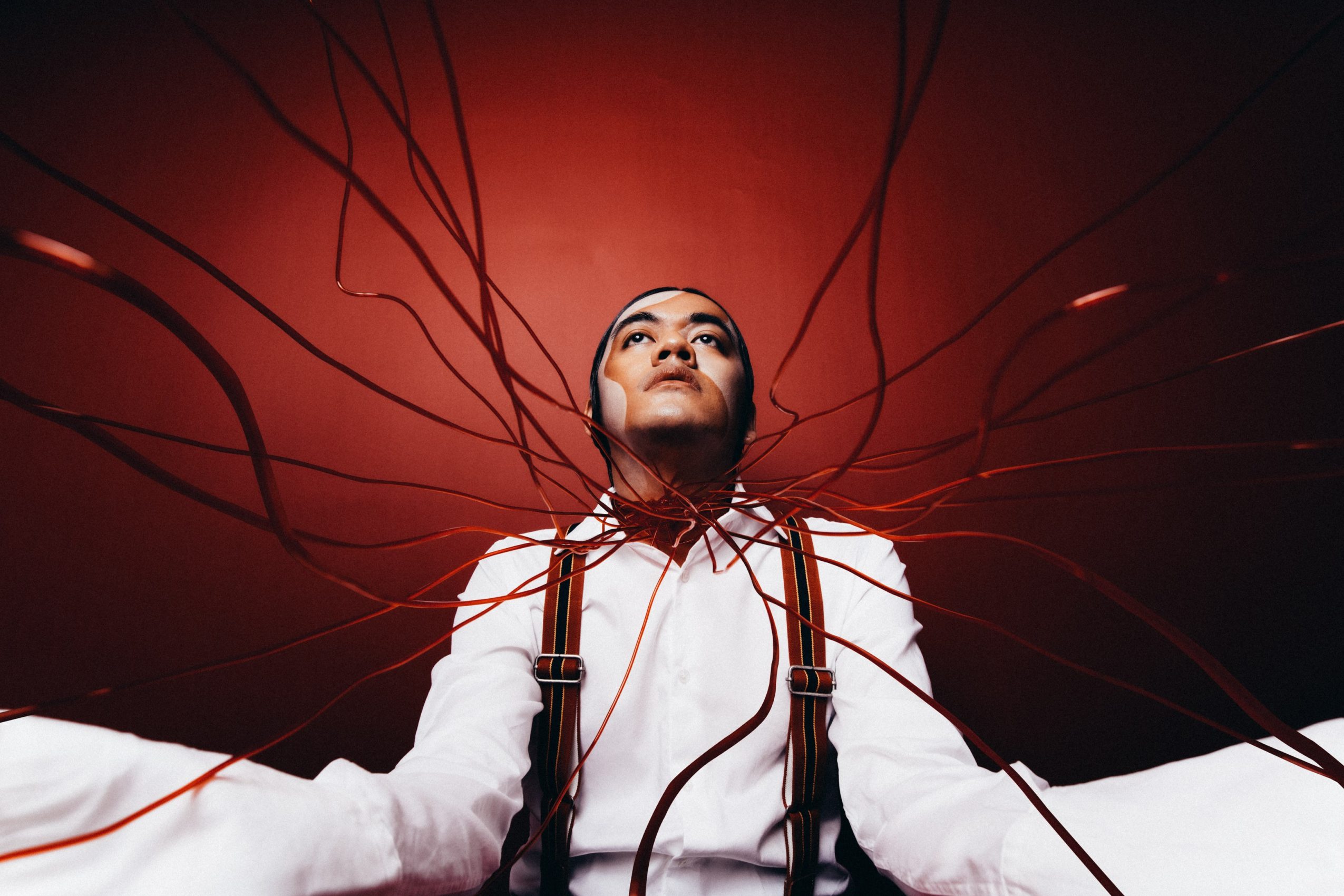
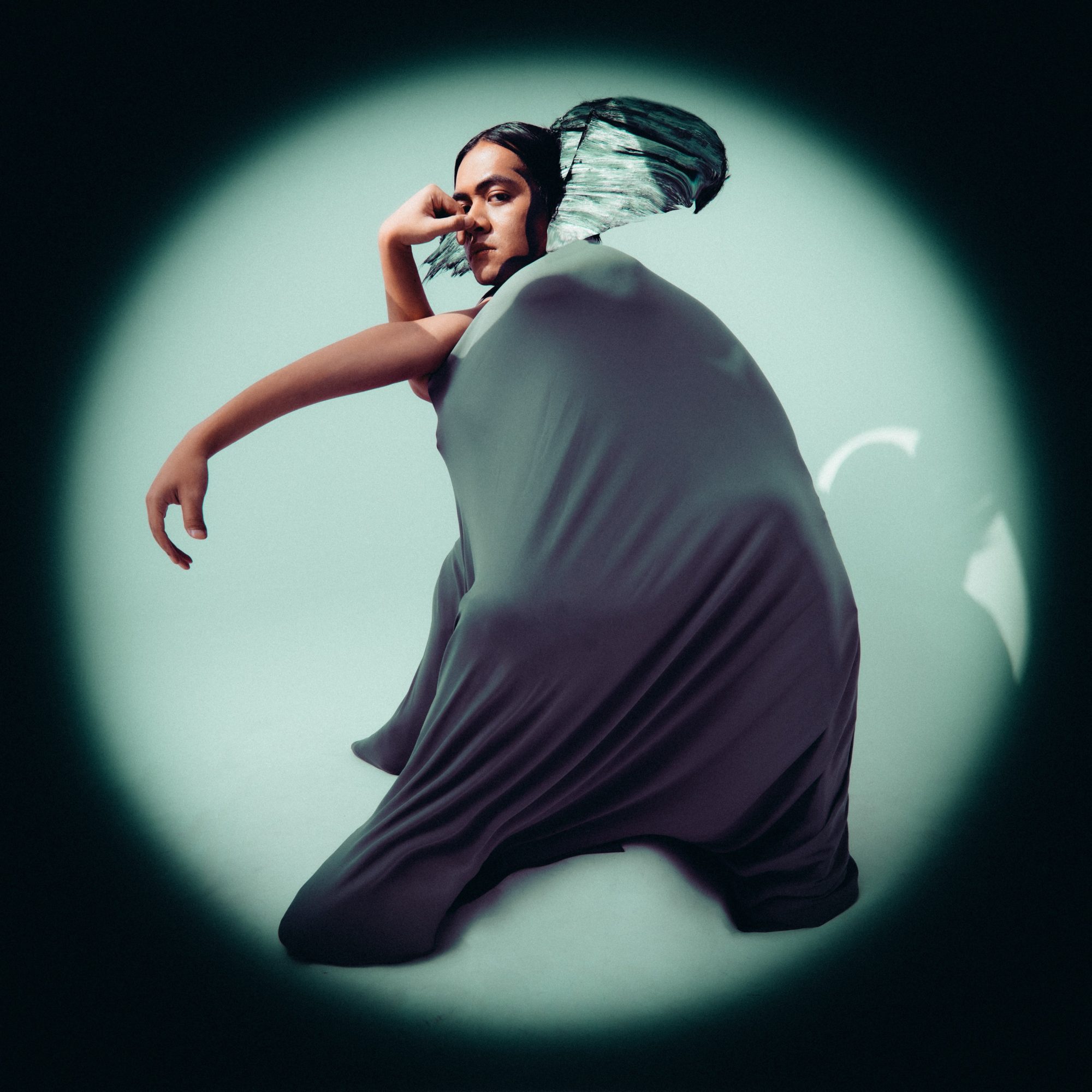
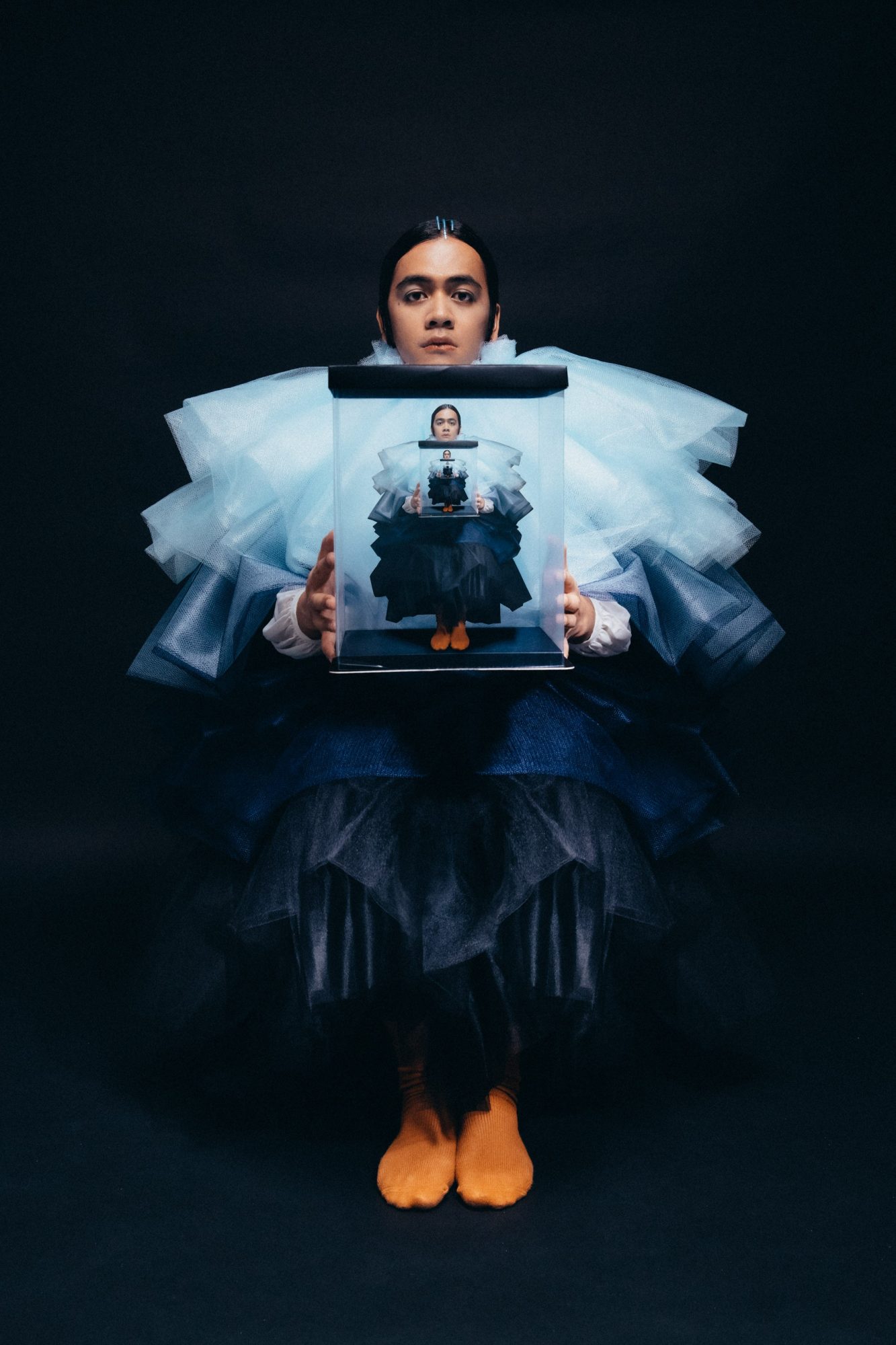

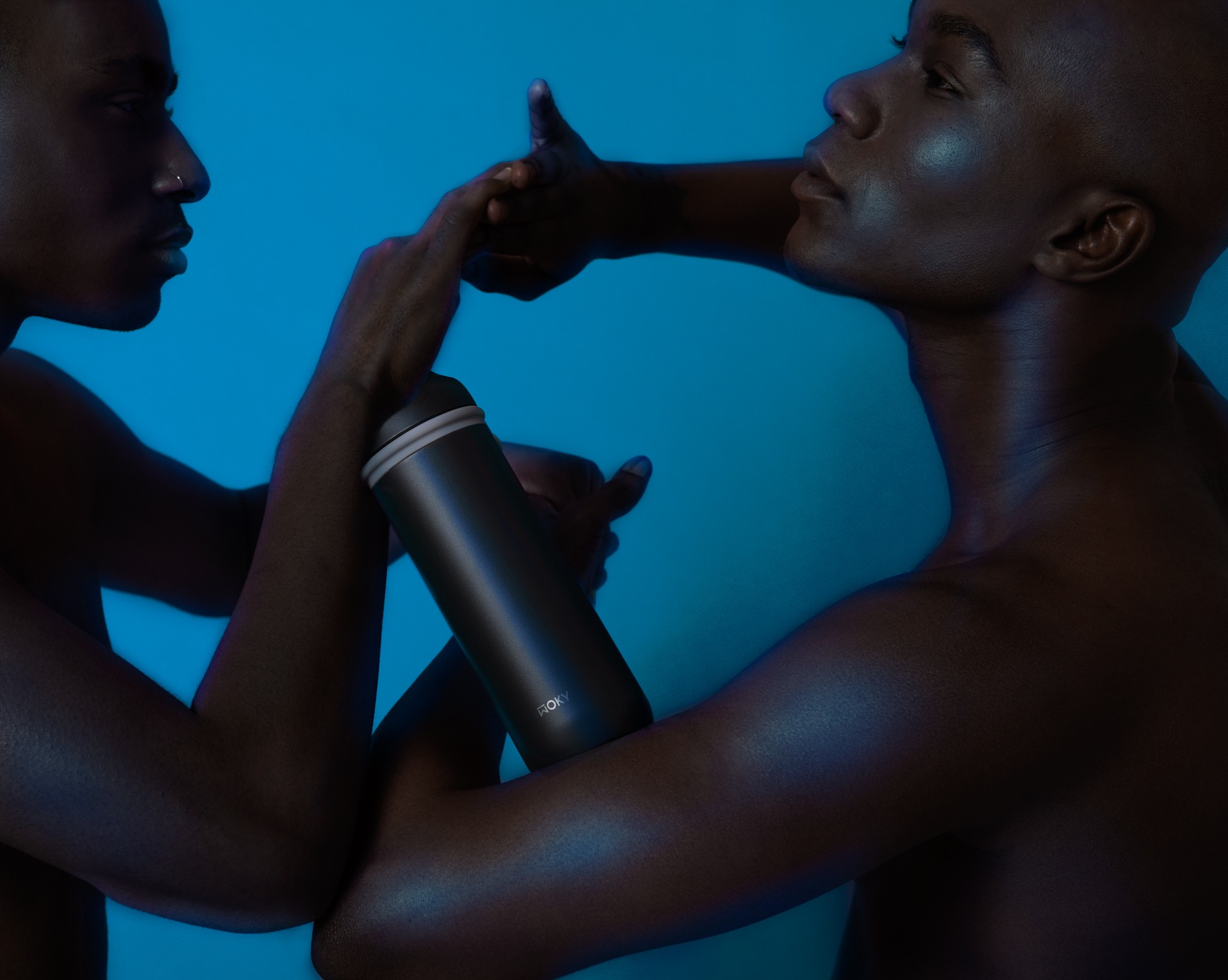
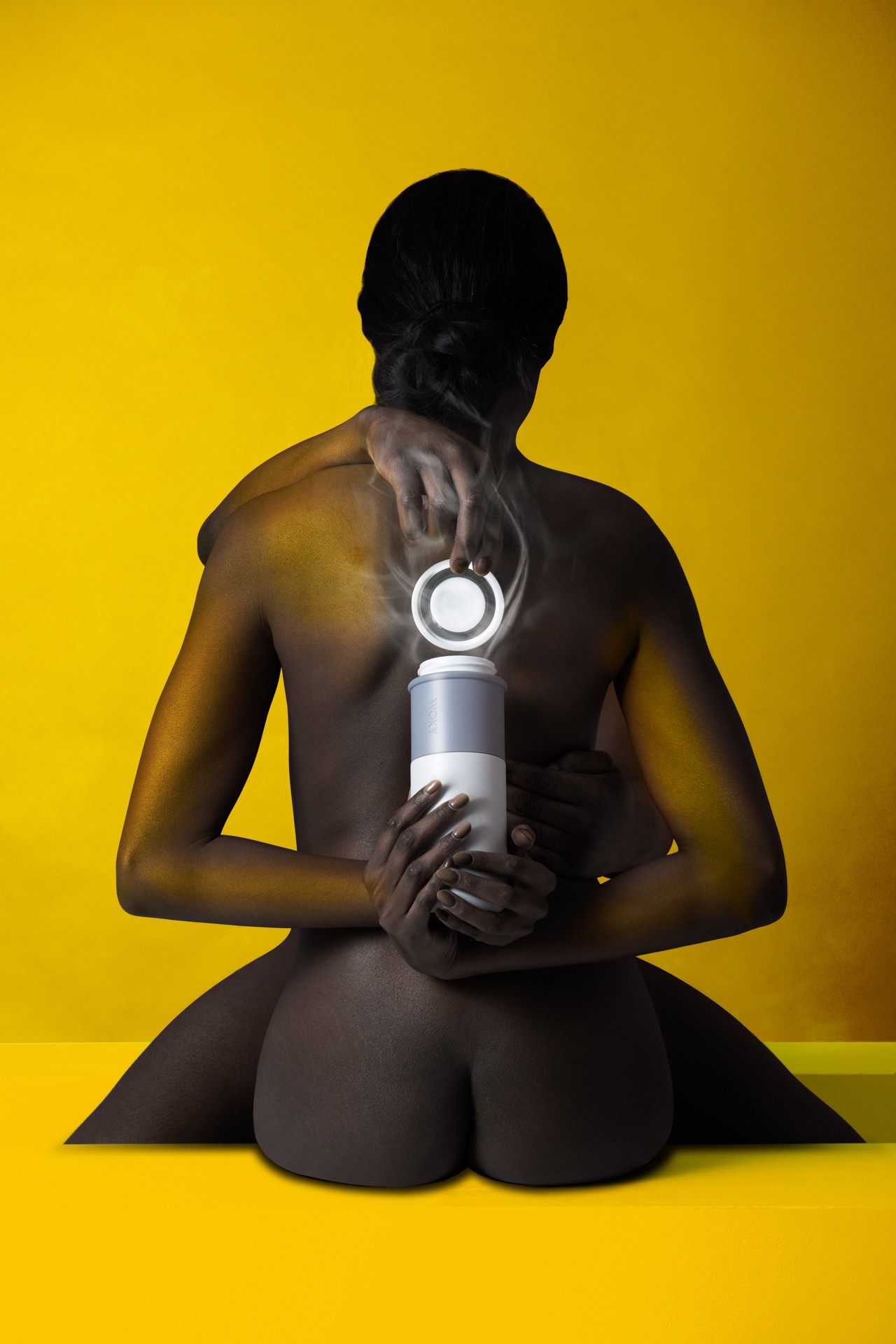 Image Credits
Image Credits
top 1 & 2 model, @du_wei_ MUA, @letccdoyourmakeup Stylist, @stylistjoyce Second line and first one of third line Model @chillseph Hair @zing__hair MUA, @miyachuang Stylist, @miyachuang Second one of third line creative direction andrewwbasile fashion. nicolaseftaxias models. mbaye.__ grooming. enyu_makeup last two Creative director @andrewwbasile H/MUA @enyu0206 Model @devaughn_vs_brodie @cheri_anjell @denim.g_ PA @nc___universe @_taylor_reyes_


